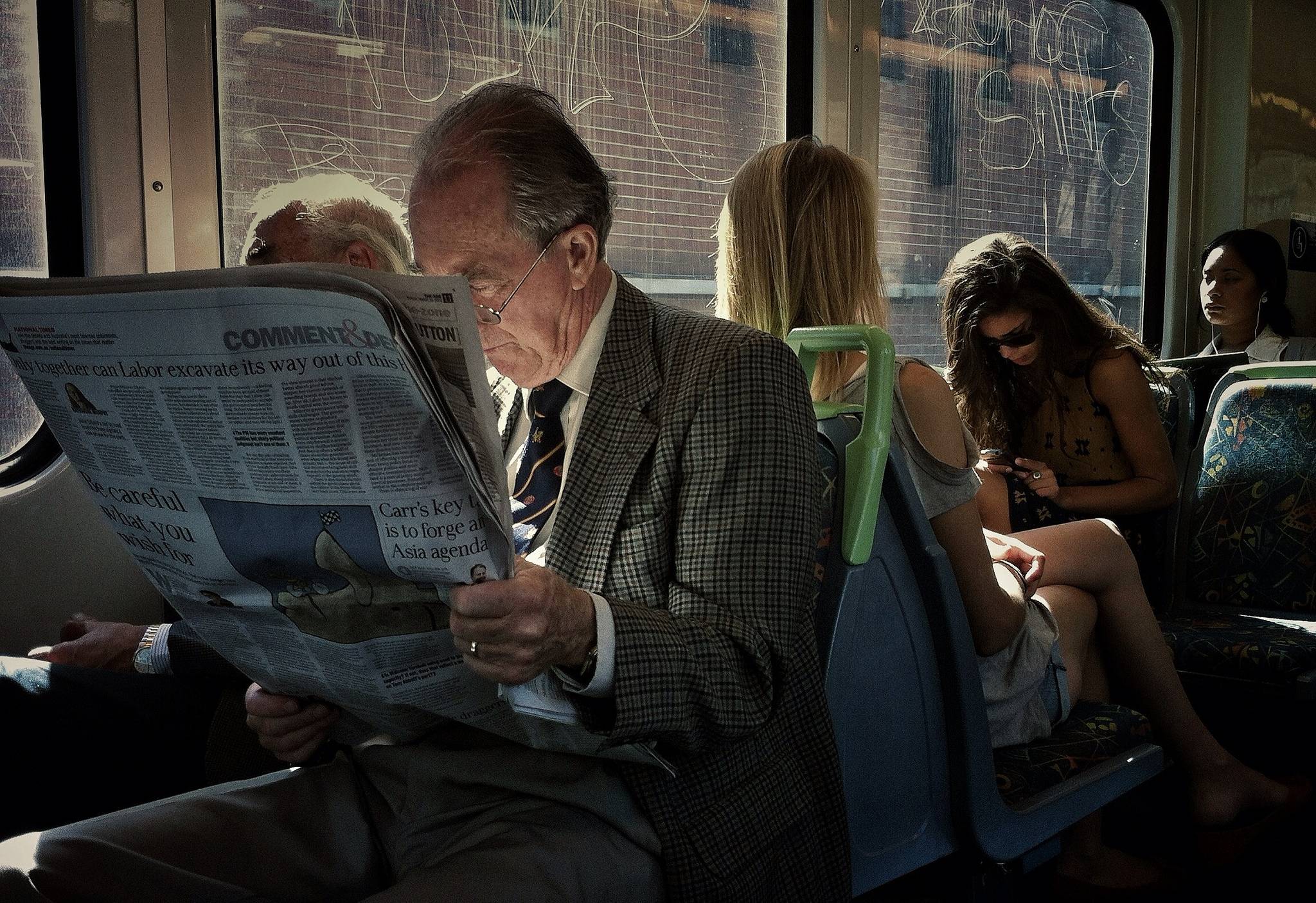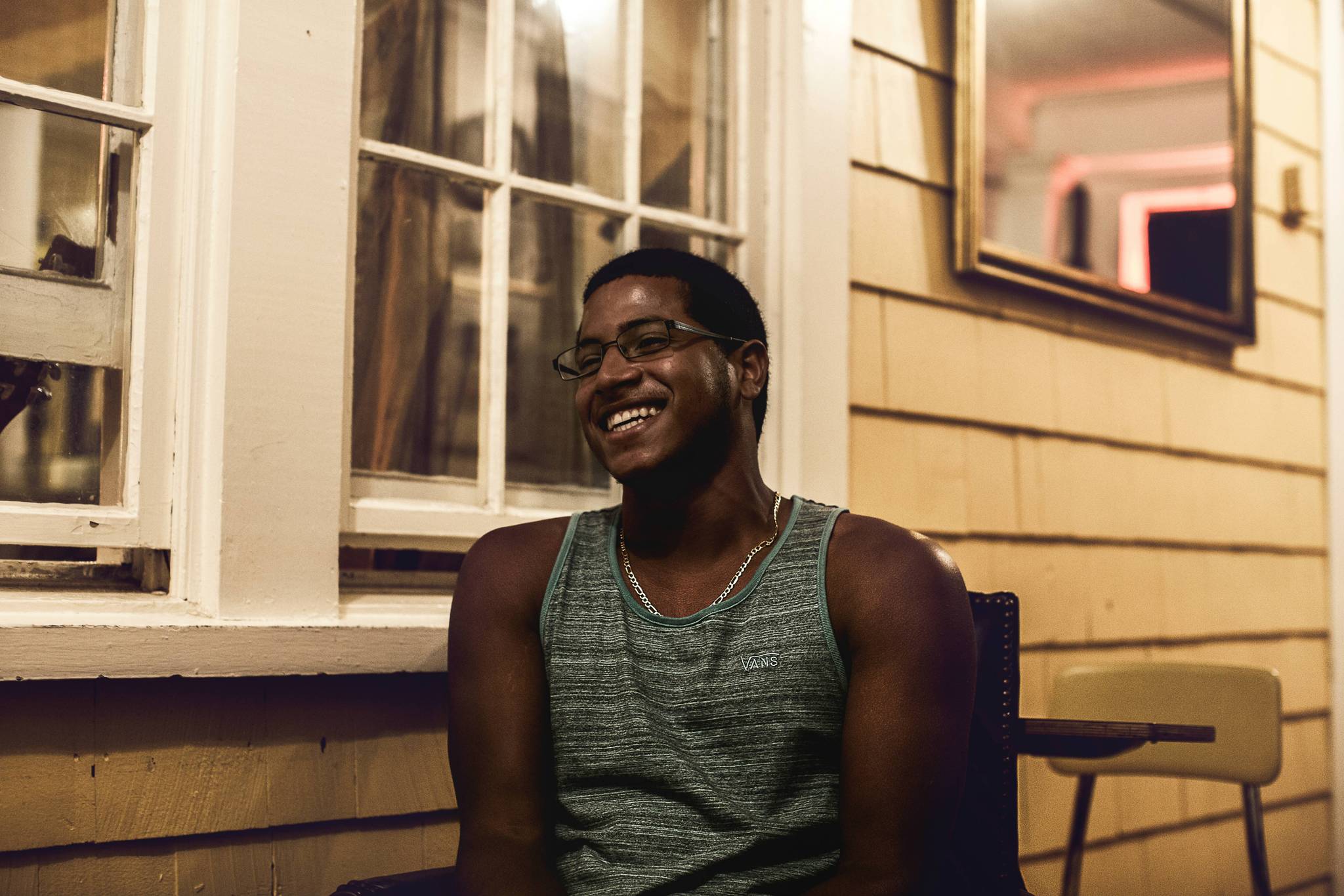
In Australia, communities of YouTubers are tuning in to watch designers build tiny houses in The Sims video game. As house prices make spacious homes unaffordable in real life, people appreciate the lighthearted, gamified approach to the problem of tiny living spaces. We explore the insights behind this and how people are responding to lifestyle issues through digital narratives.
Australian YouTuber Deligracy has found fame through building houses in simulation game The Sims. Deligracy’s virtual architecture has earned her 810,000 subscribers and enough fans to support merchandise sales of sweatshirts, mugs and phone cases. While one might expect the lavish houses to win most favour among fans, tiny homes are the biggest hit. Other YouTubers have been inspired to try their hand at fitting all of life’s necessities into minimal spaces. “I love making them,” says YouTuber James Turner, whose channel has 1.1 million followers. “I know what I want it to look like, and what tiny space it has to fit within, but it’s getting it to work the way I want and have everything be functional for gameplay.”
“In Australia, the real estate market is so hard to get into, as compared to when my parents got their first home,” says Deligracy. “[Tiny homes are] a more affordable way to live.” Cramped living has become the norm for young people, with 29% of all apartment residents in Australia aged between 25 and 34. And with the second lowest rate of home ownership in the world, Aussie Gen Yers are seeing The Sims architecture videos as a change in tone of their property struggles. By presenting minimal space as a puzzle to be solved rather than a harsh reality to accept, the videos turn a bleak prospect into design-led entertainment.
Lucia Seoane-Pampin is a behavioural analyst at Canvas8, which specializes in behavioural insights and consumer research. Born and raised in Spain, she loves experiencing different cultures and emotional expressions. She studied psychology and communications in Boston and has a master’s in digital & visual media.



